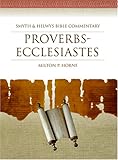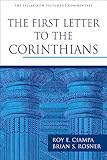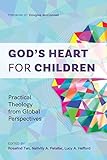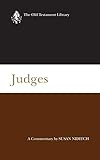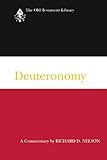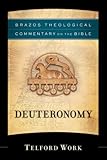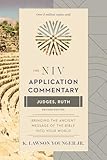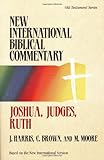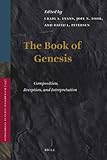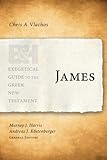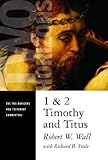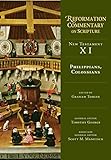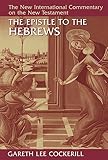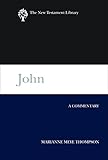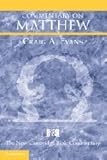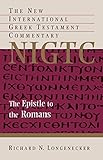MARC details
| 000 -LEADER |
|---|
| fixed length control field |
02917nam a22001817a 4500 |
| 005 - DATE AND TIME OF LATEST TRANSACTION |
|---|
| control field |
20220301063809.0 |
| 007 - PHYSICAL DESCRIPTION FIXED FIELD--GENERAL INFORMATION |
|---|
| fixed length control field |
ta |
| 008 - FIXED-LENGTH DATA ELEMENTS--GENERAL INFORMATION |
|---|
| fixed length control field |
160812s200 s ||||fom| | 00| e eng d |
| 040 ## - CATALOGING SOURCE |
|---|
| Transcribing agency |
ZA-BrSAT |
| 100 ## - MAIN ENTRY--PERSONAL NAME |
|---|
| 9 (RLIN) |
85 |
| Personal name |
Nesbitt, Mariana |
| 245 ## - TITLE STATEMENT |
|---|
| Title |
Japanese Ancestral Practices: A Contextualized Teaching Tool on the Afterlife in the Local Church (Hibachi Theology) |
| 260 ## - PUBLICATION, DISTRIBUTION, ETC. |
|---|
| Place of publication, distribution, etc. |
Johannesburg, South Africa |
| Name of publisher, distributor, etc. |
South African Theological Seminary |
| Date of publication, distribution, etc. |
2007 |
| 300 ## - PHYSICAL DESCRIPTION |
|---|
| Extent |
147p |
| Other physical details |
PDF |
| Dimensions |
A4 |
| Accompanying material |
Summary. Table of contents. Appendix. Bibliography. |
| 502 ## - DISSERTATION NOTE |
|---|
| Degree type |
Master of Theology (Mth) |
| Name of granting institution |
South African Theological Seminary |
| Year degree granted |
2007 |
| Supervisors |
|
| 520 ## - SUMMARY, ETC. |
|---|
| Summary, etc. |
The vexing multi-dimensional question of Japanese Ancestral Practices is central to most missiological studies in the Japanese church. Statistics show the need for new strategies and a new movement of the Holy Spirit in the local church. We examine the background of Ancestor Practices in the folk religion, Buddhism, Shintoo, Confucianism and Taoism, which all go to make up traditional Japanese religion. The actual rites are listed and details explained. The nexus is the ie, the household. Later additions in Japanese religion are the New Religions, which also emphasize ancestor practices, and new developments, such as living funerals, ash-scattering and further developments in popular occult practices and the influence of the media and the arts. Focus groups of typical city dwellers have indisputably shown the effects of secularisation, the change from ‘worship’ to ‘respect’ and a looser attitiude towards the butsudan and the rising importance of grave visits. After examining the above, the abiding emergent themes of ancestor practices are seen to be those of respect, family, gratitude, memorialism, ethics and identity. Are Scripturally forbidden issues involved here? Does necromancy take place, what about offerings and prayer to the dead? And is worship of the spirit and the mortuary tablet involved? Input about ancestor practices in other lands gives perspective and new insights here. Japanese Christian indigenous movements also show the same themes and they go further than ‘orthodox’ Christian churches in their evangelism of the dead and their care for their ancestors. We examine the teaching about the afterlife in Japanese seminaries, the training given to missionaries by missions, what the denominations teach and practice and in particular, what OMF International missionaries are teaching and practicing with regard to the dead. Space is given to the basic Biblical teaching on life after death with reference to issues that require attention in the Japanese worldview. |
| 650 #0 - SUBJECT ADDED ENTRY--TOPICAL TERM |
|---|
| 9 (RLIN) |
74 |
| Topical term or geographic name entry element |
Christian education |
| General subdivision |
Hibachi Theology |
| Geographic subdivision |
Japan |
| 942 ## - ADDED ENTRY ELEMENTS (KOHA) |
|---|
| Source of classification or shelving scheme |
Dewey Decimal Classification |
| Koha item type |
Thesis |

